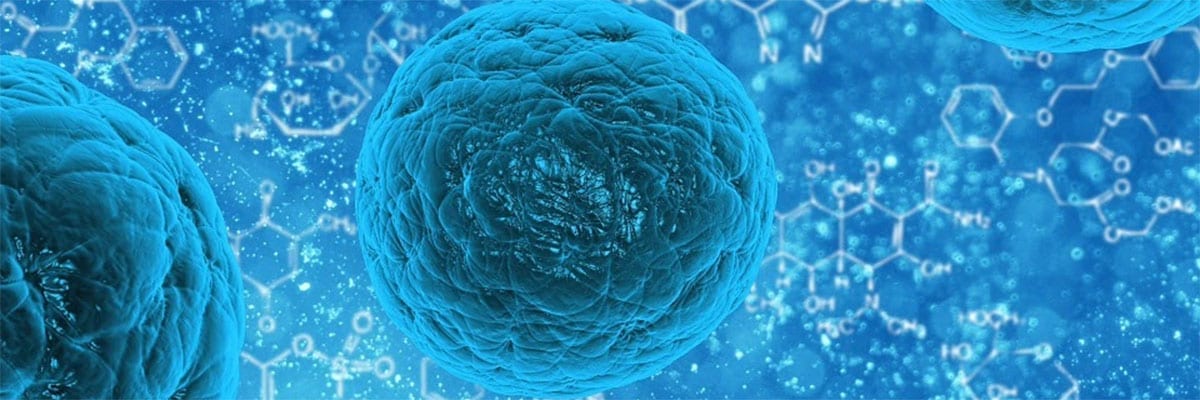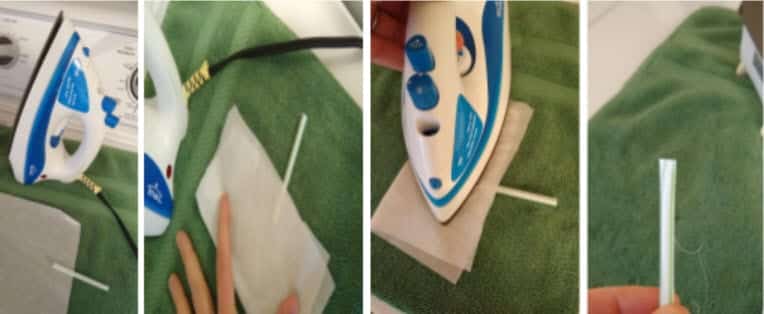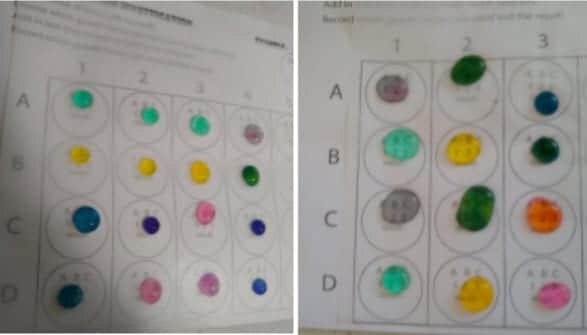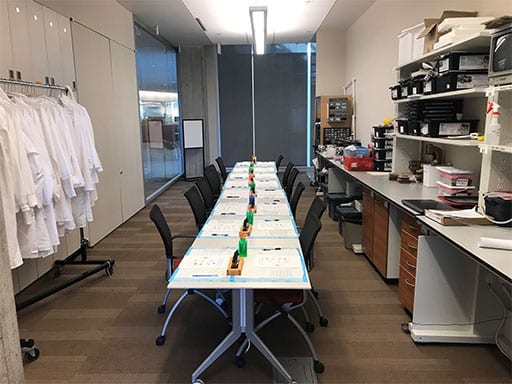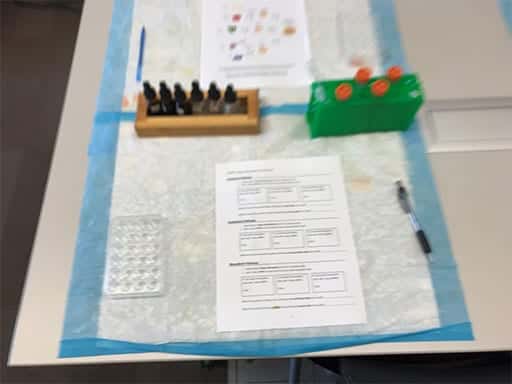Target Grades: 5-8
In this activity, participants will explore how stem cells can change, or differentiate, into other cell types. This can occur spontaneously due to stress or because of changes in their environment. Participants will also discover how scientists can encourage, or direct, a stem cell to differentiate into a certain cell type by adding growth factors or changing certain conditions.
This activity will guide participants through a method for screening compounds to see how they affect the fate of how the stem cell might change under those conditions.
First, participants will add a drop of water, this models the pluripotent stem cells growing in a dish in a laboratory. These cells have the potential to change into a different cell type, such as the examples in the worksheet including muscle cells of the heart or retina cells of the eye.
Then, using the worksheet to record your method, choose different combinations of chemicals, modeled here as growth factors, that will model how the stem cell will interpret these signals to go down a pathway to change into a different type of cell, called directed differentiation.
Participants will need to mark down which chemicals they used for each trial, and the results of the trial will be a color change. Record the color change and use the pathway chart to determine what cell type your stem cells changed to based on their color. If the color doesn’t match anything on the chart, encourage the participants to think about what that might mean (i.e. controlled experiments, experimental error, new cell types, repeatability, etc.)?
